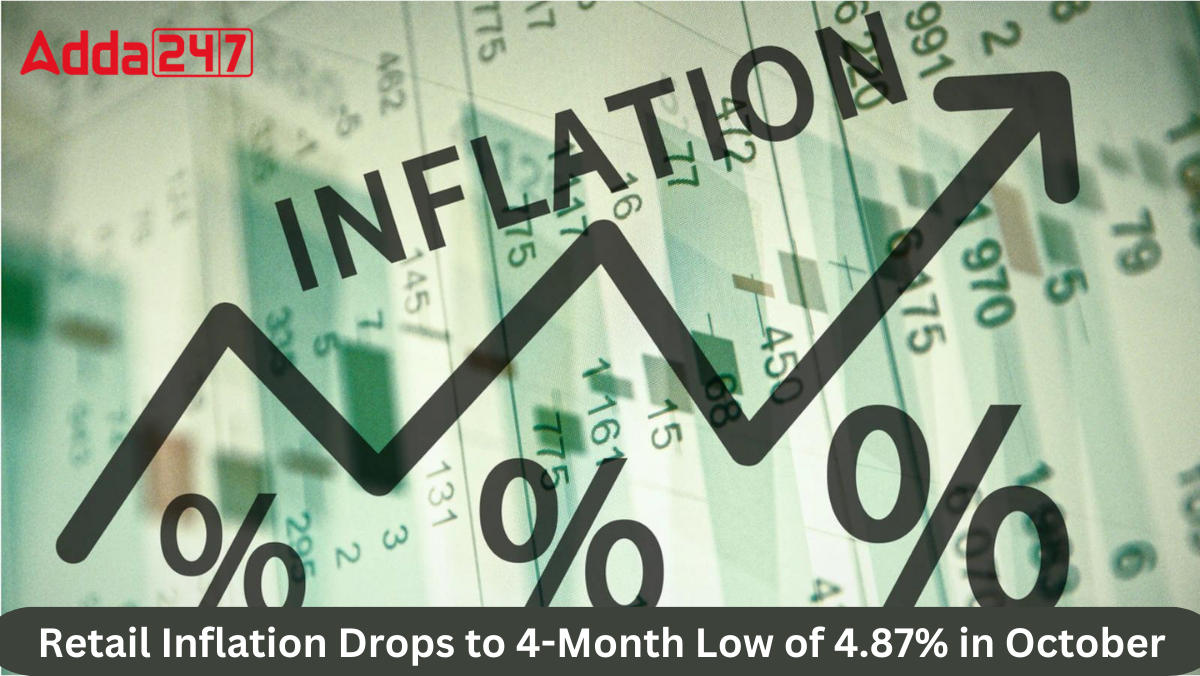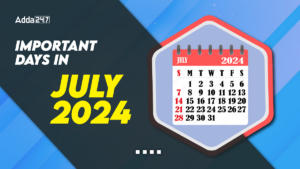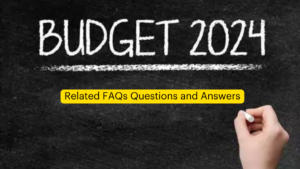Introduction
India’s retail inflation, as measured by the Consumer Price Index (CPI), witnessed a 4-month low in October, settling at 4.87%. A combination of a supportive economic base and moderation in non-food prices contributed to this decline from September’s 5.02%. However, despite this apparent relief, economists express concerns about underlying issues that may impact the Reserve Bank of India’s (RBI) Monetary Policy Committee (MPC) decisions.
Retail Inflation – A Four-Month Low
The data reveals a positive trajectory as retail inflation touched 4.87% in October, the lowest since June. September saw a significant moderation in food prices, especially in vegetables, coupled with the impact of reduction in LPG prices. This decline in consumer inflation, which is now below the Reserve Bank of India’s (RBI) upper limit of 6%, provides some breathing room for policymakers.
Industrial Production and Manufacturing Surge
The Index of Industrial Production (IIP) witnessed a boost, primarily driven by a robust 9.3% increase in manufacturing. Manufacturing constitutes a substantial 77.6% of the IIP, making this surge a key driver of overall industrial output. After a contraction of 0.5% in August 2022, the manufacturing sector’s output rebounded, reaching 143.5 in August from 141.8 in July and 131.3 in the corresponding period last year.
Headline Inflation vs. Monetary Policy Targets
Despite the welcome decline in retail inflation, headline inflation remains higher than the RBI’s stated monetary policy target of 4%. This presents a challenge for policymakers who aims to strike a balance between supporting economic growth and maintaining price stability.
Core Inflation at a 3.5-Year Low
While headline inflation may be above the RBI’s target, the core inflation, which excludes food and fuel, has eased to its lowest in 3.5 years. Understanding the dynamics of core inflation provides insights into the underlying inflationary pressures in the economy.
Economic Concerns and Upcoming Challenges
Economists, such as Devendra Kumar Pant and Swati Arora, point out several worrying signs in the economy. These include persistent pulses and cereal inflation, posing upside risks to food prices. Additionally, concerns arise from a decline in fuel and lights, transport, communication inflation, a decrease in miscellaneous (mainly services) inflation and weakened core inflation due to demand issues.
Monetary Policy Review and Forward Guidance
The RBI’s recent monetary policy review opted to keep the key repo rate unchanged at 6.5% citing concerns over elevated inflation. RBI Governor Shaktikanta Das emphasized that the central bank would consider cutting the repo rate only when Consumer Prize Index (CPI) inflation stabilizes around 4% or below on a durable basis. As per the RBI projection, inflation is expected to be at 5.4 per cent in Q1, 6.4 per cent in Q2, 5.6 per cent in Q3, and 5.2 per cent in Q4.



 Important Days in July 2024, Check Natio...
Important Days in July 2024, Check Natio...
 Union Budgets 2024-25 Related FAQs Quest...
Union Budgets 2024-25 Related FAQs Quest...
 Union Budget 2024-25: Complete Budget An...
Union Budget 2024-25: Complete Budget An...
